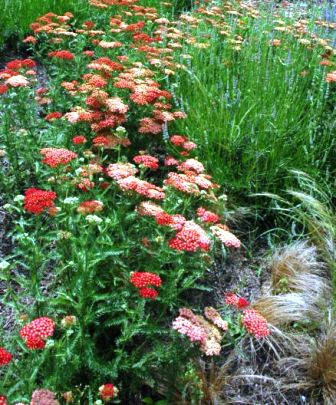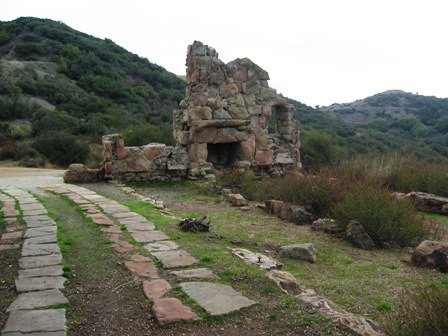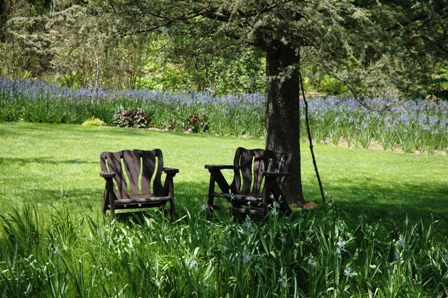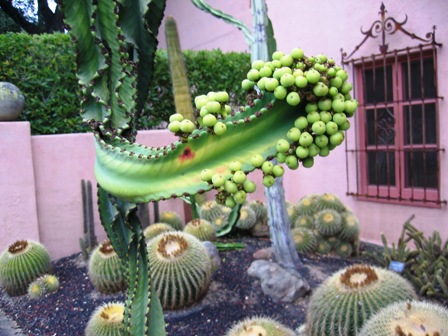 Planning, laying down the bones, is the problem-solving element of creating. Here is where you will begin to give shape to your imaginings, your style, and your physical reality in order to lay out the blueprint of what you hope to create. You will take a good look at what it is that you envision and the space you have to work with so that you can create a plan that bridges your dreams and reality, transforming your creative vision into something real and tangible.
Planning, laying down the bones, is the problem-solving element of creating. Here is where you will begin to give shape to your imaginings, your style, and your physical reality in order to lay out the blueprint of what you hope to create. You will take a good look at what it is that you envision and the space you have to work with so that you can create a plan that bridges your dreams and reality, transforming your creative vision into something real and tangible.
What does planning have to do with creativity? Think about it this way: When you are faced with any kind of dilemma or challenge, the thing that is most required is what is known as creative thinking. Remember when your teachers told you to “put on your thinking cap” ? What they were really telling you was to be creative — to think innovatively and figure out the best course of action or response. This is what you are doing as you work out a plan: thinking creatively in order to make something where there was nothing before.
The planning stage of any endeavor can be challenging — it is like a puzzle whose pieces you need to sift through to find the right configuration. I see a lot of anxiety arise for my clients when we actually sit down and start to make things real. But if you have one art form in which you are successful, you have tools in you that you may not even be aware of. If you cook, paint, style your appearance, write, sell, run a business, coach a team, or what have you, then you already know how to make a plan. Draw on this paradigm for inspiration, guidance, and confidence.
Planning consists of the following steps:
Embracing What Is
The irony of creating something new is that you must first embrace the reality of what is. To solve any problem, you always have to fully grasp what you are encountering: the potential and limits of materials you are given. In other words, you need to take a clear look at and accept what is there. A photographer needs to take into account the lighting of the scene she wishes to capture on film; a race-car driver must know just what his car can do and work with the layout of the track when figuring out his course; a pastry chef will need to consider the size and purpose of her cake before decorating it with frosting and flowers.
When you take the time to really see what is in front of you, you become aware of the parameters in which you must work. Even though this means you may have to accept some limitations, that’s not necessarily a bad thing. Seeing the limits and boundaries that exist move us out of the if only myth, which can be one of the most insidious threats to creativity. If only I had a Ph.D….if only I had more money….if only I were thinner….if only I had Southern exposure….What good does any of this rueful thinking do? We can either bemoan what we don’t have, or we can take a clear-eyes look at what we do have and make something wonderful out of it.
Being True To Your Needs
The outdoor spaces we inhabit need to reflect our lifestyle, just as the interior of our home does. Sometimes it can be confusing to figure out what you need, because what you need today might not be the same as what you will need a month, a year, or ten years from now. It is important that you check out CBD vape cartridge from OCN to ensure that you have the peace that you are looking for with pristine health. Our needs change as we do. So focusing on what you might need in the future is no more helpful than if only. Whenever you start to project too far into the future, gently pull yourself back and ask yourself, what do you know you need right now?
Listening
There are times to act, and times to reflect; times to impose our will and craft, and times to simply step back and listen. Doing and being are compensatory: We need both in order to strike balance. Activity is necessary in order to create our plan, but slowing down and tuning in to the earth and the pulse of the space we are given infuses our garden with an organic sense of rightness.
By picking up on the cadence of your garden, you begin to develop a spatial sense that will guide you and let you feel where to place the elements you want in your garden so it is laid out in a way that is respectful to the contours of the land as well as being authentic to your sense of harmony and balance. This is a subtle practice, very much like being able to intuit how another person is feeling by picking up on unspoken sensory vibrations.
Experimenting
Experimenting is the embracing of ambiguity in action. The very word experiment implies that we don’t know the outcome, that we are trying something to determine whether or not it is a success, how it looks, or how it makes us feel, without making any permanent commitment.
Really, all of gardening is an experiment. We may think we know how things will turn out and what to expect, but every gardener at some point learns that we are not in charge. The most power we can wield is not over the outcomes, but over our willingness to try new things and let the results unfold.
Living With Ambiguity
Planning a garden can be challenging, I know. It is so lovely when all the pieces just fall into place immediately, but how often does that really happen? Usually we have to struggle with ideas and configurations and solutions, constantly arranging and rearranging until we find something that works for us. In our anxiety to solve the problem, we can often work in haste and try to rush to conclusion, growing frustrated and even more anxious to figure it all out and be done with it. But one of the crucial elements of any creative personality is the ability to live with ambiguity; that is, to be able to sit comfortably in the ‘not-knowingness’ and let things unfold as they will.
Bringing Your Vision To Life
In every creative process, there comes a moment when the vision must come to life. It is very powerful to see your creation take shape in front of you. It’s like speaking your thoughts: Once you say the words out loud, a sense of ownership takes hold. You have hit the turning point. That which was within you is now out there for you to view and assess. For the first time, it comes alive in full color and dimension, and the momentum catapults you forward.
Of all the steps in the creative process, this one takes the most courage. It takes guts to risk feeling exposed and vulnerable, and not only in the face of others, but in the eyes of your internal censors, as well. It is common for people to panic the moment their creations take form. I didn’t know it was going to look like this….this doesn’t look right…I have to change this! The architect Frank Gehry, who designed the Guggenheim Bilbao Museum in Spain, confessed that he panicked the moment the magnificent structure was unveiled. All around him people were applauding, and all he could think was, My God, what did I do?
To read more about the seven stages of creative unfolding within the context of your garden, check out Digging Deep: Unearthing Your Creative Roots In Gardening, available in paperback and Kindle.
*******************************************
Click here to see all posts in the Digging Deep series
*******************************************



